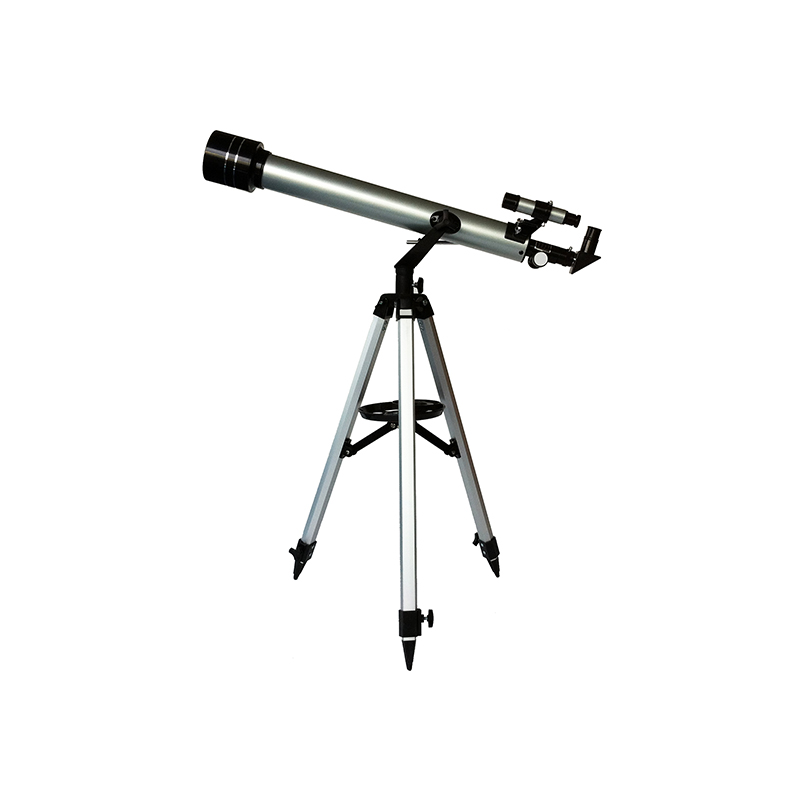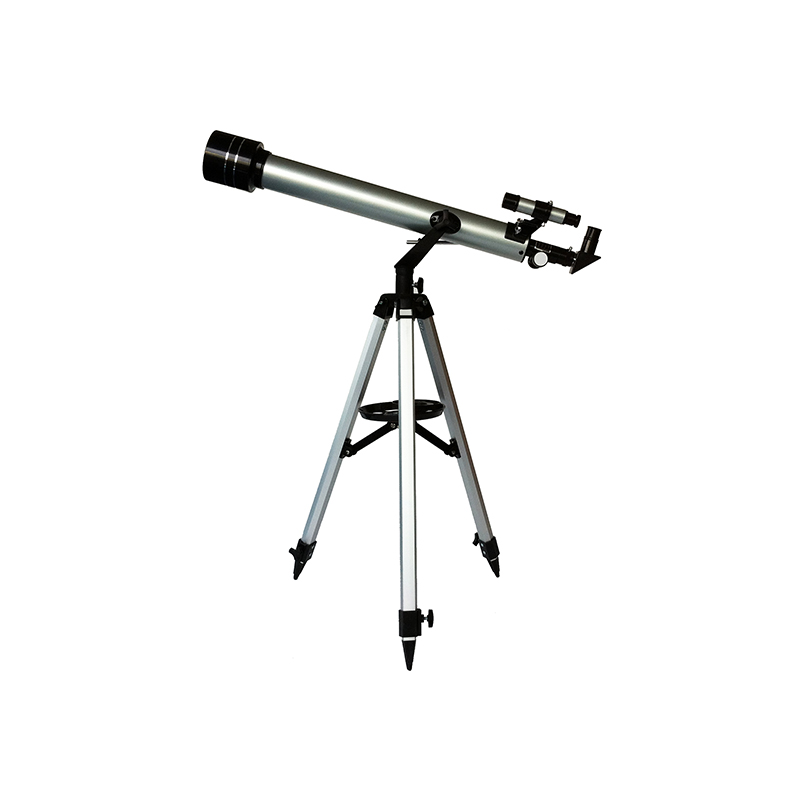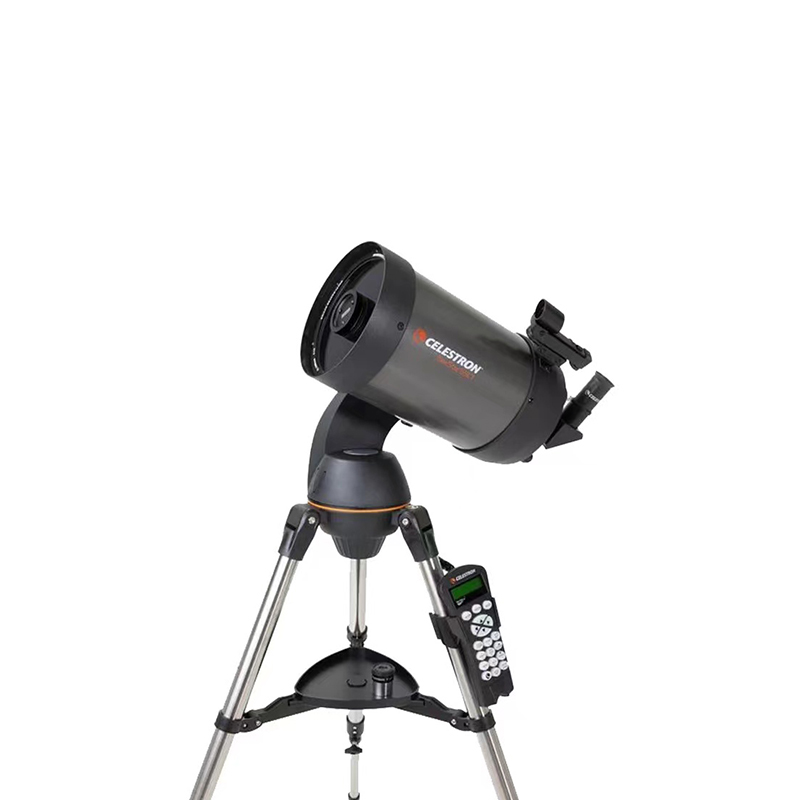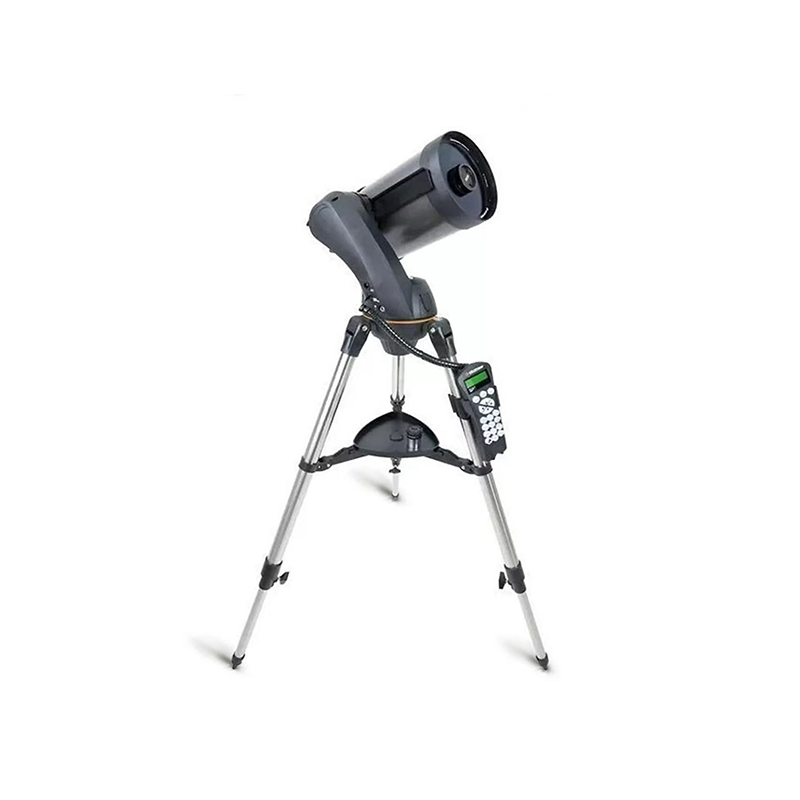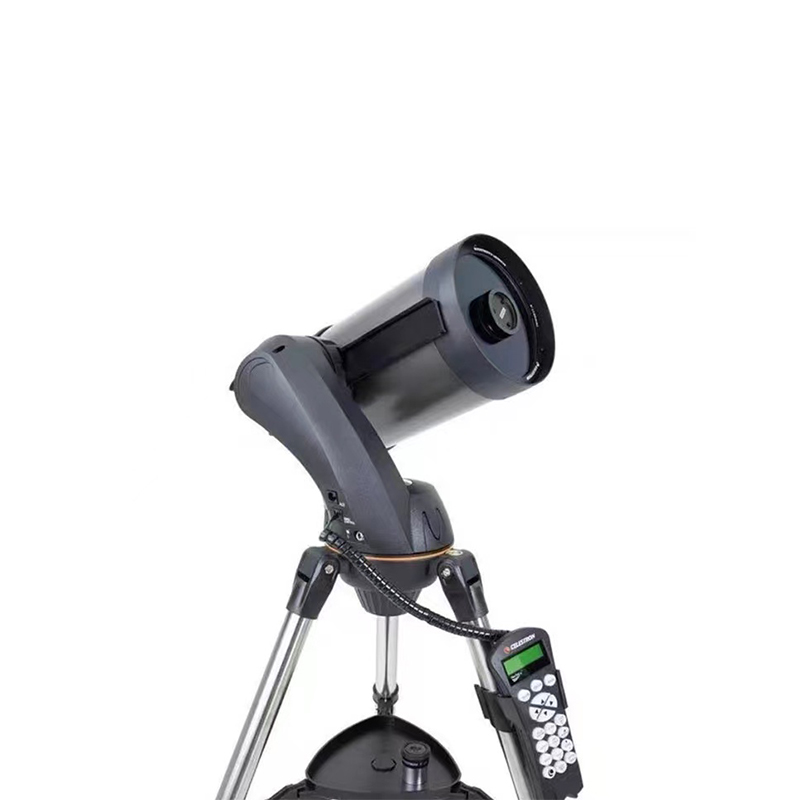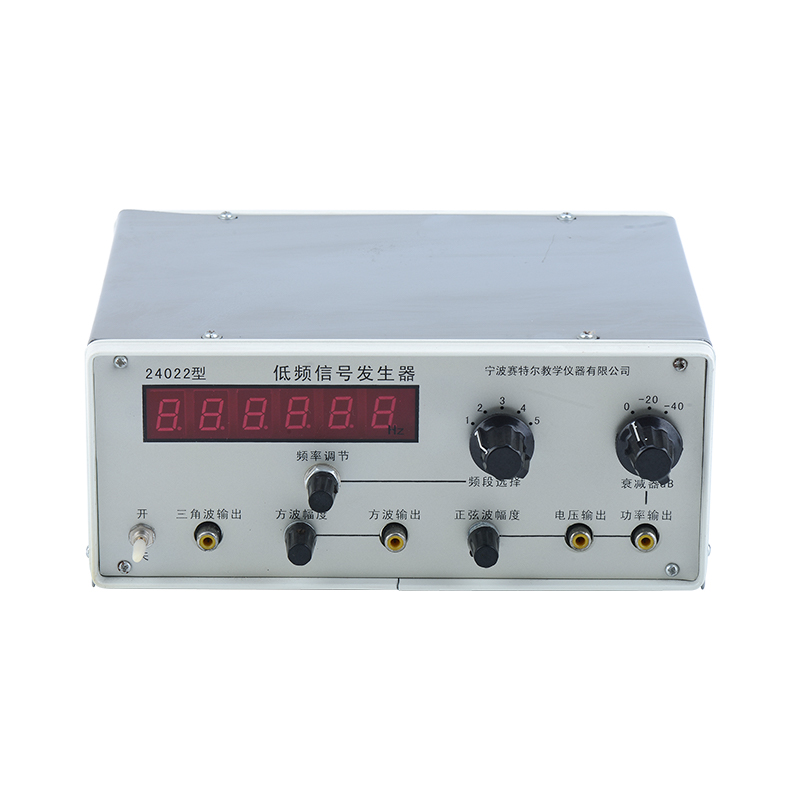Ningbo ZTL Educational Equipment Co.,Ltd. is a member of China Educational Instrument & Equipment Association, as a professional Astronomical Telescope Manufacturers and OEM/ODM Astronomical Telescope Factory, it started as a professional manufacture of K12 science, chemistry, mathematics and science general education instruments,and gradually developed into a comprehensive supply integrator of smart campus.Our business involves: K12 physical and chemical teaching instruments, campus network, campus intelligent configuration, smart blackboard, intelligent probe, eye protection lighting, student cards, multimedia classrooms, chemistry, physics and biology labs, investigation labs, experimental skills evaluation system, quality education classrooms (music classrooms, art classrooms, dance classrooms, calligraphy classrooms, chinese studies classrooms, pottery classrooms, tea art classrooms, chess art classrooms, geography classrooms, history classrooms, maker/labor skills classrooms, psychological counseling rooms), sporting goods, student dormitories, desks and chairs and teachers' office supplies and furniture,etc.In recent years, the company has gradually developed into a comprehensive supplier covering pre-design, proposal, provision of parameters and quotations, supply, installation, and after-sales services. Our production base covers an area of 24,000 square meters, and the products are not only sold well all over China, but also exported to Europe, America, Southeast Asia and other places. Also, our company passed the IS09001:2000 quality management system certification in 2004.
- Home
- About
- Product
- Equipment provided in collaboration with universities
- Primary mathematics teaching instrument
- Elementary science teaching instrument
- Junior high school mathematics teaching instrument
- Junior high school physics teaching instrument
- Junior high school chemistry teaching instrument
- Junior high school biology teaching instrument
- Junior high school geography teaching instrument
- Middle school biology teaching instrument (common to junior high school and high school)
- Middle school physics teaching instrument (common to junior high school and high school)
- Middle school chemistry teaching instrument (common to junior high school and high school)
- High school physics teaching instrument
- High school chemistry teaching instrument
- High school biology teaching instrument
- Download
- FAQ
- News
- Contact



 中文简体
中文简体 English
English
